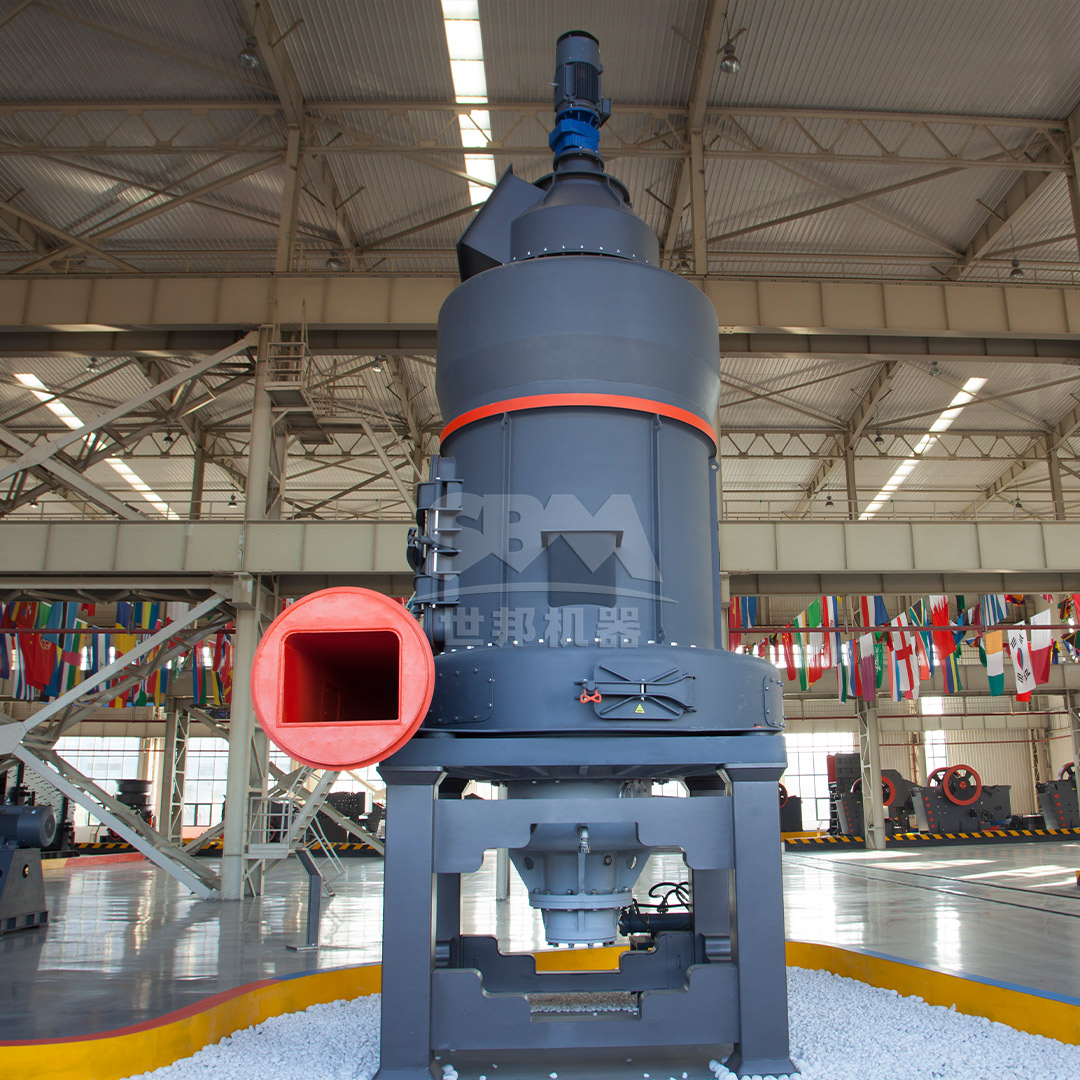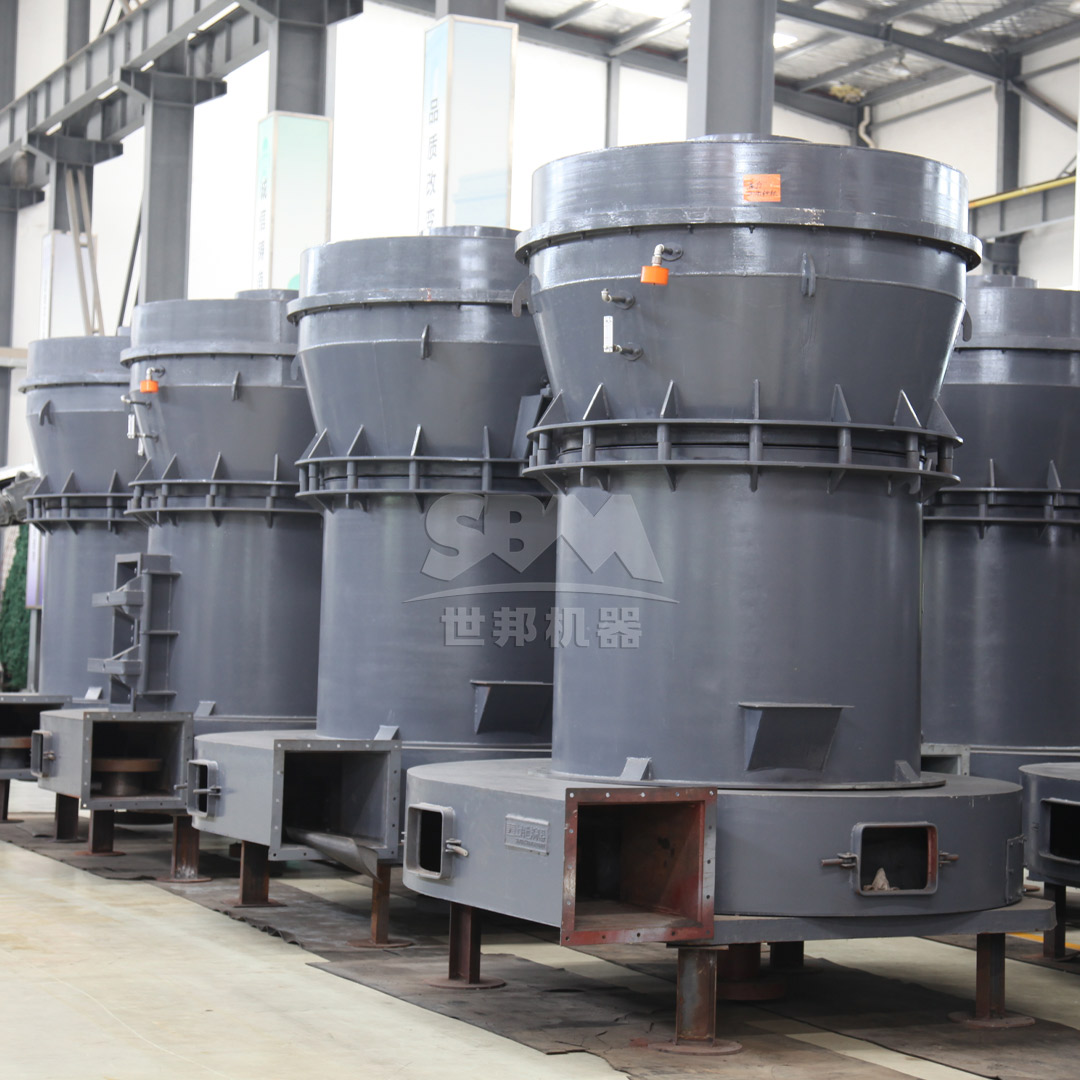Bauxite processing is a critical step in aluminum production, requiring efficient grinding equipment to achieve the desired particle size for downstream operations. Traditional ball mills have been widely used in the industry for decades, but they present several significant challenges when processing bauxite ore. This article examines these limitations and explores modern alternatives that offer improved efficiency, reduced operating costs, and enhanced environmental performance.

Ball mills are notoriously energy-intensive equipment, with grinding operations typically accounting for 40-50% of total energy consumption in bauxite processing plants. The inefficiency stems from the impact and attrition grinding mechanism, where a significant portion of energy is converted to heat and noise rather than productive size reduction. For bauxite processing, which requires substantial tonnages, this energy inefficiency translates to substantial operational costs.
Bauxite processing often requires specific particle size distributions for optimal digestion in the Bayer process. Traditional ball mills struggle to produce narrow particle size distributions, frequently generating excessive fines or retaining coarse particles. This limitation can negatively impact downstream chemical processing efficiency and product quality.
The grinding media (balls) and liners in ball mills experience significant wear when processing abrasive bauxite ore. This wear necessitates frequent maintenance shutdowns and replacement of components, resulting in production downtime and increased operating costs. Additionally, the mechanical complexity of ball mill systems requires skilled maintenance personnel and extensive spare parts inventory.
Ball mills generate substantial noise pollution, often exceeding 100 dB, requiring additional soundproofing measures. Dust generation is another significant concern, as bauxite dust can pose health risks to operators and require extensive dust collection systems. The high energy consumption also contributes to a larger carbon footprint compared to more modern grinding technologies.

Vertical roller mills (VRMs) represent a significant advancement in grinding technology, offering substantial advantages over traditional ball mills for bauxite processing. The LM Series Vertical Roller Mill provides an excellent alternative with its innovative design and operational efficiency.
The LM Series features a compact design that integrates crushing, grinding, and separation functions in a single unit, reducing footprint requirements by up to 50% compared to ball mill systems. Its energy efficiency is particularly noteworthy, with operational costs 30-40% lower than equivalent ball mill installations. The mill operates on the principle of material bed comminution, where grinding occurs between a rotating table and rollers, significantly reducing specific energy consumption.
For bauxite processing, the LM Series offers precise particle size control with output fineness ranging from 30-325 mesh (special models up to 600 mesh), making it suitable for various bauxite processing requirements. The system’s intelligent control capabilities allow for automatic adjustment of operational parameters, ensuring consistent product quality with minimal operator intervention.
| Model | Grinding Disc Diameter (mm) | Capacity (t/h) | Output Fineness | Main Motor Power (kW) |
|---|---|---|---|---|
| LM130K | 1300 | 10-28 | 170-40μm (80-400 mesh) | 200 |
| LM150K | 1500 | 13-38 | 170-40μm (80-400 mesh) | 280 |
| LM170K | 1700 | 18-48 | 170-40μm (80-400 mesh) | 400 |
| LM190K | 1900 | 23-68 | 170-40μm (80-400 mesh) | 500 |
| LM220K | 2200 | 36-105 | 170-45μm (80-325 mesh) | 800 |
For applications requiring finer bauxite particles, the SCM Series Ultrafine Mill offers exceptional performance with output fineness ranging from 325-2500 mesh (D97≤5μm). This mill is particularly suitable for specialized bauxite applications where ultra-fine particles are required for enhanced chemical reactivity.
The SCM Ultrafine Mill incorporates a vertical turbine classifier that enables precise particle size切割, ensuring uniform product quality without coarse particle contamination. Its energy efficiency is remarkable, with capacity twice that of jet mills while reducing energy consumption by 30%. The mill’s durable construction, featuring special material rollers and grinding rings, extends component life significantly compared to conventional grinding systems.
Environmental performance is another standout feature, with pulse dust collection efficiency exceeding international standards and noise levels maintained below 75 dB through integrated soundproofing technology. The operational principle involves main motor-driven three-layer grinding rings rotating to disperse material to the grinding path via centrifugal force, followed by roller compression crushing and progressive layer grinding, with final powder collection accomplished through cyclone collectors and pulse dust removal systems.
| Model | Capacity (ton/h) | Main Motor Power (kW) | Feed Size (mm) | Product Fineness (mesh) |
|---|---|---|---|---|
| SCM800 | 0.5-4.5 | 75 | 0-20 | 325-2500 |
| SCM1000 | 1.0-8.5 | 132 | 0-20 | 325-2500 |
| SCM1250 | 2.5-14 | 185 | 0-20 | 325-2500 |
| SCM1680 | 5.0-25 | 315 | 0-20 | 325-2500 |
When comparing ball mills to modern alternatives like the LM Series Vertical Roller Mill and SCM Ultrafine Mill, the differences in operational efficiency are substantial. Vertical roller mills demonstrate 30-40% lower energy consumption, while ultrafine mills offer twice the capacity of equivalent energy input compared to traditional systems. This efficiency translates to significant cost savings in bauxite processing operations.
Modern grinding systems incorporate designs that substantially reduce maintenance requirements. The LM Series features non-contact grinding roller and disc designs that extend wear part life up to three times compared to ball mill components. Similarly, the SCM Series utilizes bearing-free screw grinding chambers that enhance operational stability and reduce maintenance frequency.
Contemporary grinding technologies address environmental concerns more effectively than traditional ball mills. Full-sealed negative pressure operation in both the LM and SCM series ensures dust emissions remain below 20mg/m³, while advanced noise reduction technologies maintain operational noise below 80dB(A), creating a safer and more comfortable working environment.

For existing bauxite processing facilities considering the transition from ball mills to modern grinding systems, several implementation strategies can minimize disruption. Phased replacement allows for continued operation during the transition period, while comprehensive operator training ensures optimal utilization of the new equipment’s capabilities.
The economic case for replacing ball mills with modern alternatives is compelling. While the initial investment may be higher, the combination of energy savings, reduced maintenance costs, improved product quality, and enhanced environmental compliance typically delivers return on investment within 2-3 years for most bauxite processing operations.
The limitations of traditional ball mills in bauxite processing—including high energy consumption, limited particle size control, extensive maintenance requirements, and environmental concerns—present significant operational challenges. Modern alternatives such as the LM Series Vertical Roller Mill and SCM Series Ultrafine Mill offer compelling solutions that address these limitations while providing additional benefits in operational efficiency, product quality, and environmental performance.
As the bauxite processing industry continues to evolve toward greater efficiency and sustainability, the adoption of advanced grinding technologies represents a strategic imperative for operations seeking to maintain competitiveness while meeting increasingly stringent environmental regulations. The transition from traditional ball mills to modern grinding systems not only improves operational economics but also positions bauxite processors for long-term success in a changing industrial landscape.